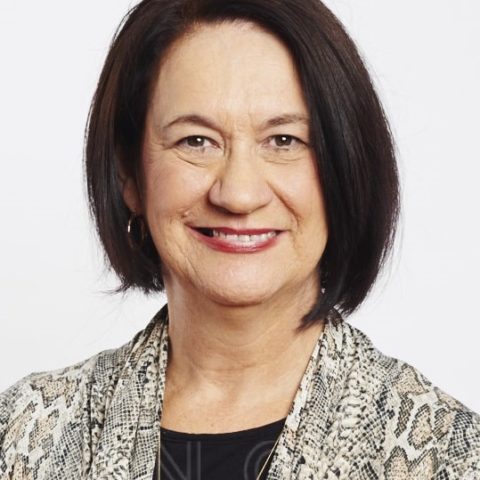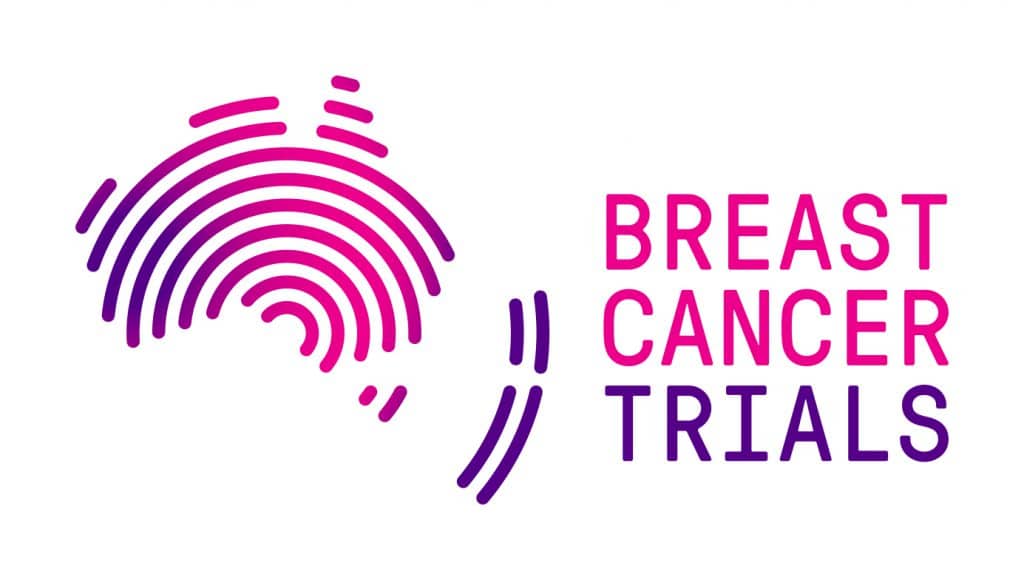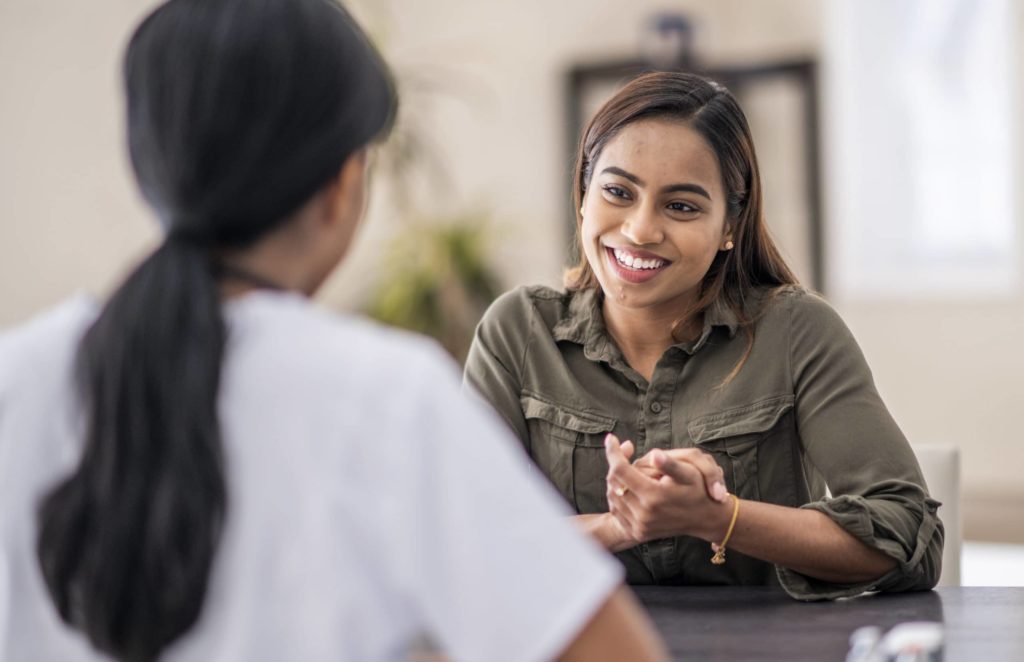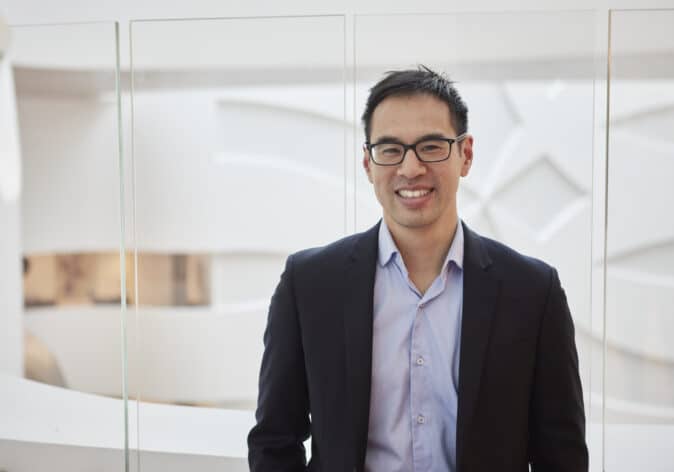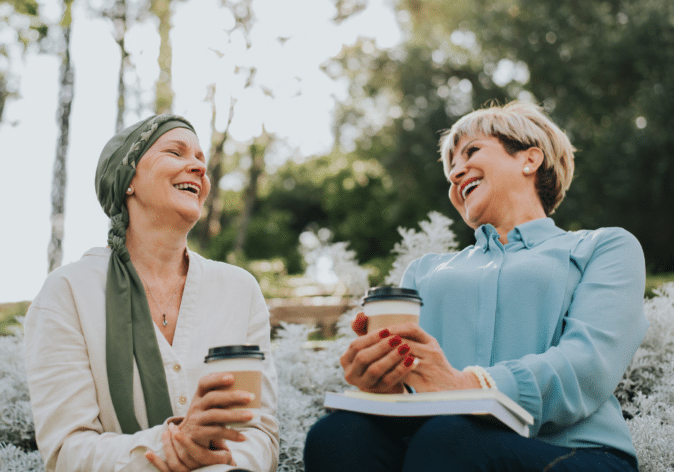What is the Consumer Advisory Panel?
The Consumer Advisory Panel is made up of a group of seven women, we’ve all had breast cancer, and we provide the perspective of the lived experience to the trials as they develop, and to the organisation as to what people who have ‘been there, done that’ might feel about the communication.
For example, the documents that people have to read when they’re participating in a trial or considering participating in a trial. We have some input into how those documents are worded. We provide information about what people will look for when they’re considering a trial. We sit on various committees so right from the word go when the trials are being developed; we are part of those committees.
So as things are developing, our perspective is always considered because sometimes when a scientist or a clinician is thinking about something they’re thinking along one pathway, whereas someone who has had an experience of cancer might think a little bit differently about how they might think about that trial or the question that they’re trying to answer.
Listen to the Podcast
Former Chair of the Breast Cancer Trials Consumer Advisory Panel Leonie Young, explains the role that CAP plays, to ensure a consumer perspective is provided from the very early planning stages of a breast cancer clinical trial.
How Did The Consumer Advisory Panel Start?
The Consumer Advisory Panel came about in 1994. Professor John Forbes invited a consumer, a person who had had breast cancer, to be part of the Scientific Advisory Committee.
That person was Linda Reaby.
She then eventually became the first Chair of the Consumer Advisory Panel when it was eventually developed in about 1998. We went through quite a rigorous interview process as to what our background was, what our skills were, what our enthusiasm and commitment to research was, and so back in that time, there were eight women. We all came from a range of different backgrounds.
Most had had breast cancer, and most had been on a clinical trial. As it is now, we’ve all had breast cancer, and most of us have been on a clinical trial. So I guess it’s having the person who has ‘been there, done that’ and has a different understanding.
I became involved at the beginning in 1998. I was diagnosed with breast cancer in 1987 – I was 32 years old. At that time, there wasn’t a lot of advocacy around younger women and breast cancer, so I found myself becoming involved in issues around women in general with breast cancer, but especially younger women. At that time there wasn’t much happening, all the organisations we know now were only developing, so I was really in the right place at the right time. I’ve just had my 30th-anniversary last week, so I’m quite proud of that.
A lot has happened in those 30 years. When I think back to my young, naive self at 32 and now I have a daughter who is 32 today – it makes me feel a little nervous for her – but it’s really nice that I can say to other people that I’ve been here for 30 years and it goes back to the importance of research. That’s why people like me are able to say we’ve got good stories to tell.
What Does The Consumer Advisory Panel Do?
One of the important roles that the Consumer Advisory Panel plays is that when we look at a document that might be going out to somebody who is thinking about participating in a trial – there are patient information documents that people have to read through to make sure that they’re fully informed, they understand what they’re going into, and they have to sign documents called ‘informed consent’ documents. When we look at those documents, we look at them from a different angle.
I think of myself thinking about my experience of breast cancer and so some of the terminology that’s there when a clinician or researcher might have prepared it will use totally different terminology with ones that I might be comfortable thinking about.
One of the first things that we raised with the group when we started looking at documents was, they often used to say “If this trial is suitable for you …”. That may seem quite simple, but we said that if I’m not eligible for this trial, I might feel a bit of a failure. So now we say, “If this trial is suitable for you, then these are the things you’ll have to do.” It seems very minor, but when you’ve been you’ve been diagnosed with breast cancer, people lose their self-confidence.
We always think, “What have I done wrong and what could I have done better?” If the criteria doesn’t match exactly with the trial, and we aren’t able to go on that trial, and there are many reasons why you have to have specific criteria around those things, then I don’t feel a total failure if I can say, “Well, that’s OK, because that trial didn’t actually match things that were going on for me.” So it’s only a little thing.
There’s language like ‘aggressive’ and ‘invasive’. When people hear that terminology, it immediately makes them worry more yet quite often there’s a very simple explanation for aggressive and invasive is and it’s not what you or I might imagine. We imagine aggressive is something rampaging through our bodies, and we have to do something absolutely immediately; otherwise it’s going to be a disaster.
With breast cancer, it certainly isn’t that way and most times we’ve got plenty of time to make decisions, to take our time and make sure we know what we’re doing. So that’s just a couple of small things, but it’s a big thing to somebody who is reading the documentation.
Also in those documents, people are told that people like me look at them and read them. So I hope it makes a difference for them to know that somebody who does understand what they feel like as they’re reading it has actually had some input and had some influence in even maybe how times somebody has to go and have a blood test, or how they’re going to park.
We ask all those little questions because we know, for example, if you can’t find a park and you have to pay a lot of money for that parking, that’s really going to be something that’s not going to enhance your experience.
People find out about trials mainly through their clinicians, but in breast cancer especially there are great consumer networks so people talk and people share. We can find out in a lot of different ways, but I think their clinician is the first place to look. In a support group or similar, women often talk and say, “I’m on such and such a trial” and that often piques someone’s interest in what they might ask their clinician, but generally that’s where they hear about it.
Support Us
Help us to change lives through breast cancer clinical trials research
